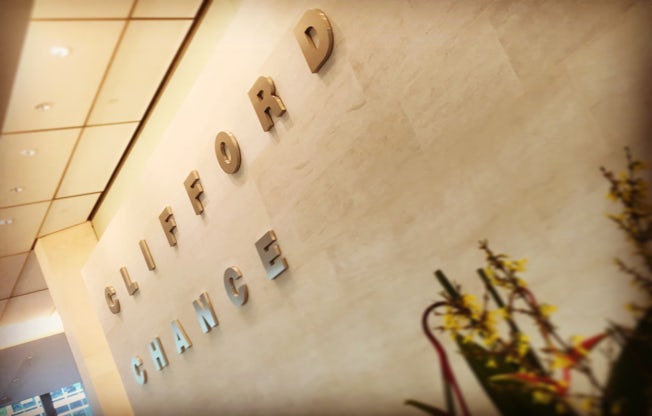Once upon a time there was a vogue for stoic and silent types, based on characters which sizzled on the screen while rarely saying a word. Typified by Clint Eastwood and Bette Davis, who could hold an audience with a simple change of expression, more recent years the likes of Tom Hardy in Mad Max and Emily Blunt in A Quiet Place have engaged the crowd with rarely a word.
However, in the fast moving world of social media culture, staying silent often means you don’t get heard. The pressure of being present, and therefore relevant, on social channels prompts a scramble to say something, anything, to fill that space.
This cultural trend inevitably feeds into culture at large and influences the way that we interact with each other. So it is probably no surprise to observe that meetings in the business and corporate space have become increasingly gladiatorial in the competition to make oneself heard; to say something for fear of being perceived as not having anything to say.
Now of course this is not a new phenomenon. Since the dawn of the board room those coming up through the ranks have been keen to impress those at the top. However, the digital age and the encroach of social media have injected a new nervous energy into this natural urge to stand out.
So this sets the scene for a conundrum. What do you do if you’re someone who doesn’t speak for the sake of it and there’s nothing to say in a meeting other than repeating what’s already been said?
This can be an uncomfortable situation, and even more so when you are starting out on your career or embarking on a project with new partners. The pressure is inevitably on not be seen as a wallflower whose only contribution is to add to the scenery but rather to create a favourable impression with insightful contribution.
My advice in these situations is to play a strategic game. This means not giving in to the compulsion to compete with others who may well be talking to be heard but, in actuality, are probably not saying a great deal. Instead, it means picking the moment to make your point and ensuring that, if there is nothing new to say, there is some weight to your contribution.
To arrive at this end game, one must tap into the inner anthropologist. This means reading the room and the personalities gathered in that space. Having an awareness of who the other people are is always advantageous and, as always, I can’t emphasize enough the power which comes with a bit of preparation.
An internal meeting is more straight forward, as those in the room will be familiar. However beware of taking such a situation for granted, because we are often guilty of not looking closely at what is under our nose! Take the time to know what your peers and colleagues have been expending their energy on, where they have invested their time and how much passion they have invested in a project.
For an external scenario, doing the homework is essential. On a Zoom call with several faces you haven’t seen before? Spend a few minutes running a quick background check on who they are – professional and personal sources of information available on the web will supply clues and cues which you may be able to use.
Once in the meeting, the challenge is to be active while being passive. Reading the room, physical or virtual, for clues about who is leading and who holds influence can help to inform your choice of the right time to participate. By ‘agreeing’ with a key contributor (while not making it look like you are playing the sycophant) or ‘wishing to expand’ on what they have said, at the right time, will score the necessary points without having to add anything new.
Another good way of participating without having anything new to say is to unpick a point which may not be clear. It is human nature to just nod and say yes, while actually not understanding something clearly. To ‘clarify’, so that everyone is on the same page, not only allows the proposer to refine their own explanation, but will often do everybody in the room a favour. A word of warning here – there are some who believe they and they alone are completely clear in what they say and a ‘to clarify’ may be seen as an affront to their infinite wisdom. Tread carefully.
To sum up, we can get in the habit of seeing the meeting scenario in a very monochrome way. Few of us actually relish the thought of meetings and yes, some will fall into the category of ‘what was the point?’ but if you are required to be there and equally don;’t relish the prospect of an appraisal comment along the lines of ‘you need to speak up more in meetings’ then do your preparation, look for early opportunities and seize them in much the same way as you would while waiting for your opening to enter a roundabout when driving.
One final tip, try to get your voice heard in the room as early as possible. It can make a huge difference to your confidence just hearing yourself speak in the space.
Think like an anthropologist, study the people around you, study the dynamics of the meeting and, without rushing, consider how you will contribute, even if it has already been said. Humans are social beasts. We like affirmation, clarification and to feel as if we’ve been listened to. Tap into these urges and you will always be able to find something to say and do so with sincerity




















